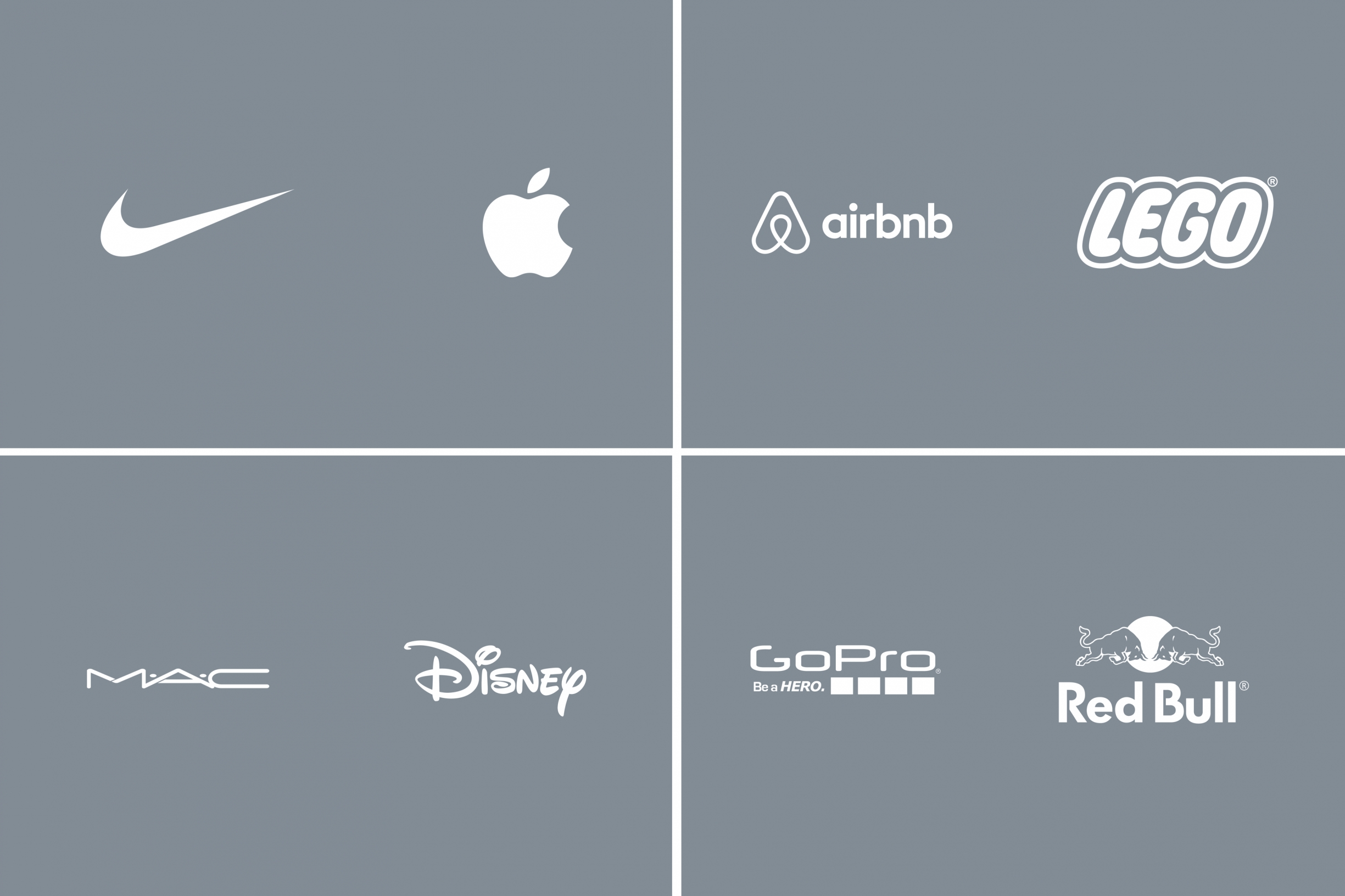
3 Types of Co-branding and How to Find Your Perfect Match
Last update: 29 November 2022 at 10:26 am
What is Involved in Co-Branding?
Co-branding is an alliance between two companies that want to offer a service or a product by putting their efforts together. Thus, co-branding involves a collaboration between two brands. It is a way for companies to extend their visibility and reach more customers by pooling their resources.
This collaboration is based on the development of a product or service to which both companies contribute. With co-branding, brands combine their brand image through this product.
Thus, it is an excellent way to:
- Increase your sales and visibility,
- Create partnerships,
- Conquer new customers,
- Reinforce your credibility.
Why Do Co-branding Instead of Collaborations
There are several reasons why you may want to co-brand.
Boost your range with a new product
It allows you to diversify your range. By offering an innovative product or service to your customers, you create interest. You create dynamism in your marketing by associating yourself with another brand.
This willingness to innovate can serve as good advertising. Especially if the co-branded product is well received by your customers.
Finding new customers through co-branding
Co-branding allows you to conquer new customers. The two companies associated in the project make a good exchange by creating a common product. They make each other visible to each other’s customers.
In this way, everyone benefits from co-branding: you, your partner, and your customers.
Convey your image to an audience twice as large
A co-branding campaign is a way to expose your image to potential future customers. It’s effective advertising because you benefit from the visibility of the brand with which you are associated. Just like your own customers, your partner’s customers will be more easily seduced by the product resulting from your collaboration.
Share production costs
By collaborating with a company to co-brand, you create a product or service together. The outcome of this project depends on the efforts of both of you. This means that you share the production costs and can save money.
The entire product design is a result of your partnership. You work together on certain things and share the tasks. With efficient management, the product can be created faster and cheaper.
On the other hand, the benefits will also be shared.
Offer a higher price
In addition, the collaboration between your partner and your brand can be used to offer a higher price. And this, is thanks to the unique and innovative side of the product/service you offer. A co-branding marketing strategy can improve margins.
In particular, co-branding is common between luxury brands and more accessible brands. It allows to create an intermediate product between two economic segments.
For the luxury brand, the association is above all a way to show off. For the accessible brand, the collaboration allows to propose a more high-end product.
We tell you here the 7 best co-branding examples!
Looking |
Discover the most relevant agencies for your project based on your own specific requirements.
Find an agency!3 Types of Co-branding
There are many different kinds of co-branding strategies you could do however here are 3 that you can take a look at.
Joint venture co-branding strategy
Spotify has music and Uber has transportation. Spotify doesn’t have transport and Uber doesn’t have personalized music. This co-branding strategy includes 2 companies who want to offer a service that they can’t do on their own: giving travelers a personalized music commute.
Joint venture co-branding brings together two or more brands together to offer a product or service that they wouldn’t have been able to provide without the other.
Subsidiary co-branding
Subsidiary co-branding may be the most popular marketing strategy that brings separate brands together. If we were to look at subsidiary co-branding examples, imagine Columbia Pictures offers every moviegoer who watches one of their movies at the cinema a free Coca-Cola bottle…
Yes, Coca-Cola used to own Columbia Pictures!
Local and National co-branding
Ever needed to fix a part on your car and the closest dealership is hundreds of miles away? But luckily there was a small mechanic down the road that works with your car brand.
Sometimes, a co-branding partnership is done between small local businesses and larger conglomerates as a way to help each other to cover more ground, get wider visibility, or make some extra money. There are some co-branding benefits that we’ll take a closer look at later on.
How to Build a Co-branding Partnership?
How to know which company to co-brand with? Here are some thoughts to help you determine which companies co-branding would be relevant with.
Focus on companies you can easily communicate with
This may sound silly, but if you’re going to work with a company, you should expect to meet with them! You will be collaborating throughout the development of the product. From design to manufacturing to communication.
Logically, co-branding is easier with an accessible company. By “accessible”, we mean the language barrier: look for a French-speaking company, if not a foreign language that you master. By “accessible”, you may have previously thought of “physically accessible”. But now, with technology, if you are in New York, you can easily work with an agency on the other side of the world just as easily.
In addition, you should also be able to communicate with your partner without problems. Take care to avoid any misunderstanding that could harm the collaboration.
Co-branding with a company with the same values
When co-branding, you assume that you are going to associate your company’s image with that of another. It is vital that co-branding partners share the same values.
From there, it is relevant to look for a partner who conveys the same values as you.
By mixing your image with a company that is too different from a marketing communication point of view, you take the risk that your customers will no longer recognize your brand identity. Also, it will be more difficult for you to win over your partner’s clientele if they are not receptive to your communication style.
Focus on companies with the same type of clientele
Directly related to the previous point, your co-branding partnership will be even more effective if your partner targets a similar audience to yours. This way, you make yourself visible to an audience that you are likely to appeal to.
Look for a way to surprise
Of course, you can collaborate with a company similar to yours. But be aware that the best co-branding projects are not those.
The most effective co-branding projects are those that manage to surprise, in addition to validating the previous criteria.
Thus, the ideal is to find a company that is slightly different from yours. For example, if you have a food company, look for a company that specializes in a different type of product. Try to create a mix of the two!
You can also dig into other economic targets. Co-branding between a luxury company and a common product company is often effective.
Also, you can partner with a public figure. He/she can represent your brand, embodying a figure that conveys your company’s values. In exchange, he/she will be promoted by your company.
There are many ways to make a good co-branding! The central objective, however, remains the same: to arouse curiosity without repelling it.
Conclusion
To sum up, co-branding is an excellent way to develop your brand awareness, to reinforce its image, and to reach a new target audience. That said, it is important to find and work with brands that are relevant to yours.
To do this, think about the type of co-branding partnership or the co-branding campaign you want to create and the type of company you could partner with. To move faster in this process, we can advise you to work with a branding agency.
Tell us about your project, and we can help you make it happen







